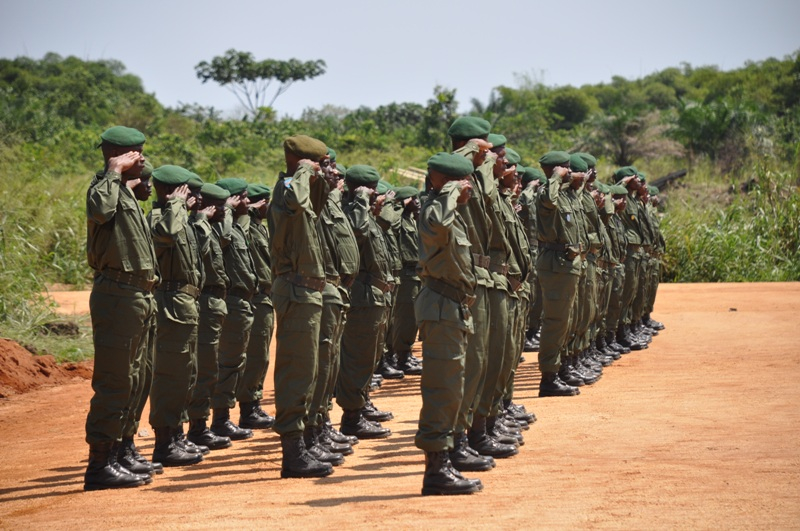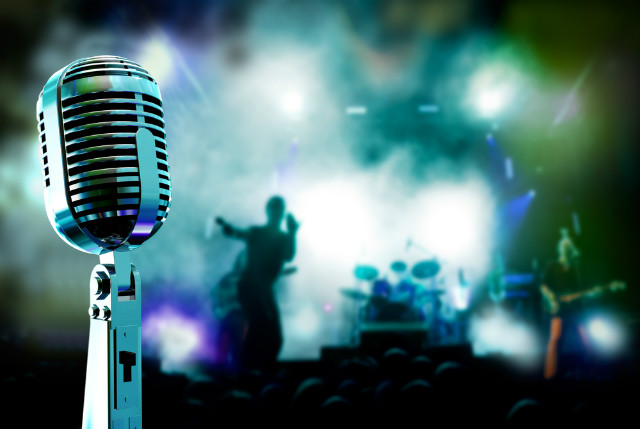This little-known and oft-maligned country in the center of Africa is in fact hugely interesting, once you get to know it a little. From its widely varying languages and religions, to its peculiar culinary preferences, to its unusual philatelic tendencies, the Democratic Republic of the Congo (DRC) surprises travelers at every turn.
This article originally appeared on AFKInsider.com.
1. The DRC is not the same as the ROC
Formerly known as Belgian Congo, Zaire, and a few other names, the current Democratic Republic of the Congo should not be confused with its neighbor, the Republic of Congo. The DRC is a country that’s the size of western Europe and was once a Belgian colony, while the ROC (also known as just Congo, Congo Republic, or Congo-Brazzaville) is a former French colony that’s approximately the size of California.
2. It’s Safe to Travel There — Mostly
The DRC has definitely faced some challenges in the last decade, as civil war ravaged the country. But since 2013 it has been safe to go to the main touristic sites and cities (such as the national parks, Goma, and Kinshasa). However the central government is weak, poverty is rampant, warlords run vast areas of the east and rebel armies duke it out. So stay in safe areas, and if necessary consult your home country’s overseas travel warnings for guidance.
3. French is the Most Widely Spoken Language
DRC’s capital city, Kinshasa, is the second-largest French-speaking city in the world, after Paris. It has 10 million residents and is growing rapidly; in fact, Kinshasa will surpass Paris in population by the year 2020. In the rest of the country French is spoken by about 30% of the population. Lingala, Kikongo or Tshiluba, Swahili are the other national languages, while Portuguese is spoken near the border with Angola.
4. It’s the Capital of African Music
Kinshasa is home to 9.5 million people — called Kinois — who are known for their sense of humor and love of music and dancing. Its popular ‘Ndombolo’ music — with a rumba-like sound — has influenced music throughout the rest of the continent since the mid-1980s.
5. Glorious Ruins
If you watched the episode of “Parts Unknown” (Anthony Bourdain’s fantastic TV show in the USA) where he journeys into the DRC, you’d know that there are some fantastically crumbling structures in the war-torn countryside. Some are totally abandoned, but some cling to life with the assistance of dedicated locals. The Aradu Railway Station in Kisangani is overgrown with weeds, riddled with bullet holes, without electricity, and hasn’t seen any activity in decades. Yet the (unpaid) staff continue to show up every day and maintain the trains, waiting for the day they start running again. And at the remote Yangambi Research Library, 60 miles downriver from Kisangani, staff organize and catalog books every day, even though no one has visited in 30 years.
6. There are Eight Active Volcanoes
Nyiragongo Volcano is one of a chain of eight active volcanoes in the country, and one of the world’s most active volcanic areas. It’s a five-hour climb on steep terrain up Nyiragongo Mountain, but for the adventurous who make the trek, the world’s largest lava lake is revealed at the top.
7. The Stamps are Memorable
We’re not sure why, but the DRC is very creative with its national stamps. Past notables to have graced stamps include Mick Jagger, Albert Einstein, and various breeds of (non-native) cats, such as the Manx. So if you go, be sure to send a post card and adorn it with whatever the stamp du jour is. Your relatives back home are sure to be amused.
8. Mayo is Served with EVERYTHING
The Congolese love mayo, and put gobs of it on everything from potato chips to chicken. Slathering and dipping food in mayo is a legacy of the country’s Belgian colonial days.
9. The River is EPIC
The Congo River, made famous by Joseph Conrad in his classic 1899 novel “Heart of Darkness,” is the world’s second-largest river by volume, In fact, the river is three miles wide at the point where it runs between Kinshasa and Brazzaville (the capital of the neighboring Republic of Congo).
10. Catholicism is the Dominant Religion
50% of the people in the DRC are Catholic. Mainline Protestants make up 20%, and another 10% are Kimbanguists, a strict Protestant sect founded by prophet Simon Kimbangu in DRC when it was known as Zaire. 10% are Muslim, and the remaining 10% practice other religions.
11. Currency
The currency is known as the Congolese Franc, while in the neighbouring Republic of Congo they used the Central African France (CFA). Just so it is clear which country you are in!
12. Size matters
Most people don’t realise that the DRC is the second largest country in the Africa continent (for trivia players, Algeria is the largest in terms of land mass).
13. Close neighbours
Kinshasa and Brazzaville (in neighbouring Republic of Congo) are the closest capital cities in the world (with the notable exception of the Vatican City and Rome). There is still talk of a bridge across the Congo River being constructed to bring these two cities even closer.
14. Automation
Due to its traumatic recent history and economic stagnation, ATMs only began appearing in the DRC in 2010.
15. Space: the final frontier!
Despite its poverty and history of conflict, the DRC boasts a space program. Privately funded by the Développement Tous Azimuts (DTA), with significant government support, the Troposphere rockets are expected to send cargo to outer space in the near future.
Want to discover the finer side of Africa? Sign up for our weekly newsletter.







